"There are seven things in life, firewood, rice, oil, salt, soy sauce, vinegar, and tea." "There are seven treasures for literati, qin (a musical instrument), chess, calligraphy, painting, poetry, wine, and tea." Tea occupies an important position in the lives of Chinese people. Whether literati or ordinary people, everyone enjoys drinking tea. Tea is not only a beverage, but also a health product. Therefore, drinking tea is an important method for health and wellness.
Traditional Chinese medicine emphasizes the harmony between heaven and man, which means that people should follow the natural laws of yin and yang changes in the world and adjust their health according to the changes in the seasons. Based on the changes in the yin and yang energy of the natural world and the human body in the four seasons, as well as the properties of different types of tea, it is important to choose and drink tea according to the season, in order to improve people's adaptability, ensure physical and mental health, and take important measures for seasonal health.

Drinking Flower Tea is Recommended in Spring
In spring, the yang energy in the natural world begins to flourish, the weather changes from cold to warm, and plants begin to sprout and grow. Spring is also the season when the liver is active, so it is important to take care of the liver's functions during this time. Flower tea is usually made by combining green tea with fragrant flowers, such as osmanthus tea, jasmine tea, and magnolia tea. It has a sweet taste, cool nature, and aromatic fragrance. It can quench thirst, refresh the mind, promote the growth of yang energy, regulate the liver, and relieve depression. It helps to dispel the cold accumulated in the body during winter, promote the circulation of qi and blood in the body, and strengthen liver function. It is most suitable for people who feel tired and have a bad mood in spring.
In spring, you can add fresh or dried flowers to tea according to your own physical condition and preferences, and make flower tea, such as chrysanthemum and locust flowers with green tea, which can regulate high blood pressure, dizziness, and headaches in spring; rose and daisy flowers with black tea, which can regulate irregular and painful menstruation in spring.

Green Tea is Recommended in Summer
In summer, the yang energy in the natural world is vigorous, the sun is scorching, and the weather is hot and rainy. In summer, the heart is the dominant organ, and the yang energy and heart energy are strong. Therefore, it is important to nourish the long-lasting energy of the body and ensure the strong but not excessive function of the heart. Green tea is an unfermented tea, which is processed by techniques such as fixation, rolling, and drying to maintain its green color. Famous green teas in China include Hangzhou Longjing, Suzhou Biluochun, Huangshan Maofeng, Liuan Guapian, and Xinyang Maojian. It has a slightly bitter and sweet taste, cool nature, high fragrance, mellow flavor, and beautiful appearance, and it is resistant to brewing. It has the effects of clearing heat, quenching thirst, clearing the heart, stopping diarrhea, and treating sores. It is most suitable for summer consumption, as it can prevent heatstroke, quench thirst, strengthen the heart, and calm the mind. It can also treat diarrhea, dysentery, and skin diseases caused by summer heat and dampness.

Oolong Tea is Recommended in Autumn
In autumn, the yang energy in the natural world begins to converge, and the weather becomes cool and dry. The corresponding changes in the human body are that the yang energy begins to converge and the yin energy begins to emerge. At the same time, autumn is the season dominated by dryness, and the dysfunction of the lungs and internal dryness often occur. Therefore, it is important to nourish the converging energy of the body and moisturize the lungs in autumn.
Oolong tea is a semi-fermented tea that is between black tea and green tea. It is called "green leaves with red edges" because the middle of the leaves is unfermented and green, while the edges are fermented and red. Famous oolong teas include Anxi Tieguanyin, Wuyi rock tea, Dahongpao, Fenghuang Shuixian, and Dongding oolong tea. It has a slightly astringent and sweet taste, neither cold nor hot, and has the functions of quenching thirst, clearing heat, moistening the throat, and nourishing the skin. It can combat dryness symptoms caused by autumn dryness, such as dry cough, constipation, and dry skin. At the same time, it helps the body adapt to the seasonal changes of cold and heat. Therefore, it is most suitable for autumn consumption.
Oolong tea can reduce blood lipids and fats. It has good effects on weight loss and lipid-lowering when used alone or combined with dual-use foods such as lotus leaves, hawthorn, and cassia seeds.

Black Tea is Recommended in Winter
In winter, the yang energy in the natural world is hidden, and the yin energy is strong. The weather is cold, and everything is in a state of hiding or storing energy. Among the five viscera, the kidneys dominate winter, so winter health focuses on nourishing the hidden energy and warming the body to ensure the storage and nourishment of kidney yang and kidney essence.
Black tea is a fully fermented tea. It is called black tea because the leaves and the resulting tea liquid are red. Representative products include Qimen black tea from Anhui, Dianhong black tea from Yunnan, and lychee black tea with a red color. Black tea and dark tea have similar processing techniques and belong to post-fermented tea. Dark tea is black in color and mostly compressed tea, such as Anhua dark tea from Hunan, Pu'er tea from Yunnan, etc. Black tea and dark tea have a sweet and warm taste, and have the functions of nourishing yang energy, generating heat, and warming the abdomen. They can enhance the body's resistance to cold. In addition, in winter, people have increased appetite and consume more animal food or supplements. Combined with the fact that people are less active in winter, drinking black tea and dark tea can help remove greasiness and aid digestion. Therefore, black tea and dark tea are most suitable for winter consumption.
Traditional black tea is mainly used in ethnic minority areas in China, hence the name "border tea". The food structure of ethnic minorities is mainly based on beef, mutton, and dairy products, so there is a saying "It is better to go without food for three days than without tea for one day." Modern research has shown that black tea contains different ingredients and has different functions compared to green tea and black tea, especially in regulating the gastrointestinal tract, reducing blood lipids, and lowering blood sugar.
Flexible Adaptation According to the Actual Situation
Spring is warm, summer is hot, autumn is cool, and winter is cold. The four seasons have distinct climates, but when traditional lifestyles are changed by air conditioning and heating, people should also adapt their tea drinking habits accordingly.
In spring and summer, the yang energy is active, and people's yang energy is strong on the surface but weak in the stomach. Excessive consumption of green tea, especially when staying in an air-conditioned room for too long, can easily cause weakness and coldness in the spleen and stomach. Therefore, if you are in an air-conditioned room in summer, it is recommended to drink more black tea, supplemented with green tea, which can warm the stomach, invigorate the spleen, dispel cold, and relieve dampness, while also clearing heat, relieving heatstroke, quenching thirst, and calming the mind. If you are in a heated room in winter and the heat is too dry, it is recommended to drink more green tea, supplemented with black tea, which can clear heat and relieve dryness, warm the yang, and dispel cold.


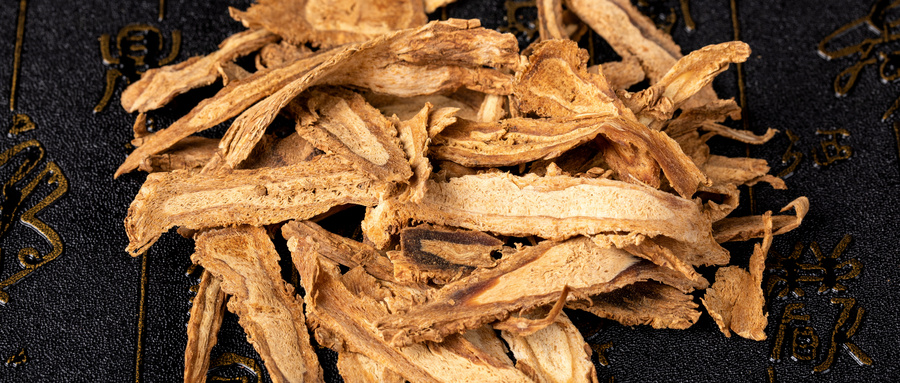

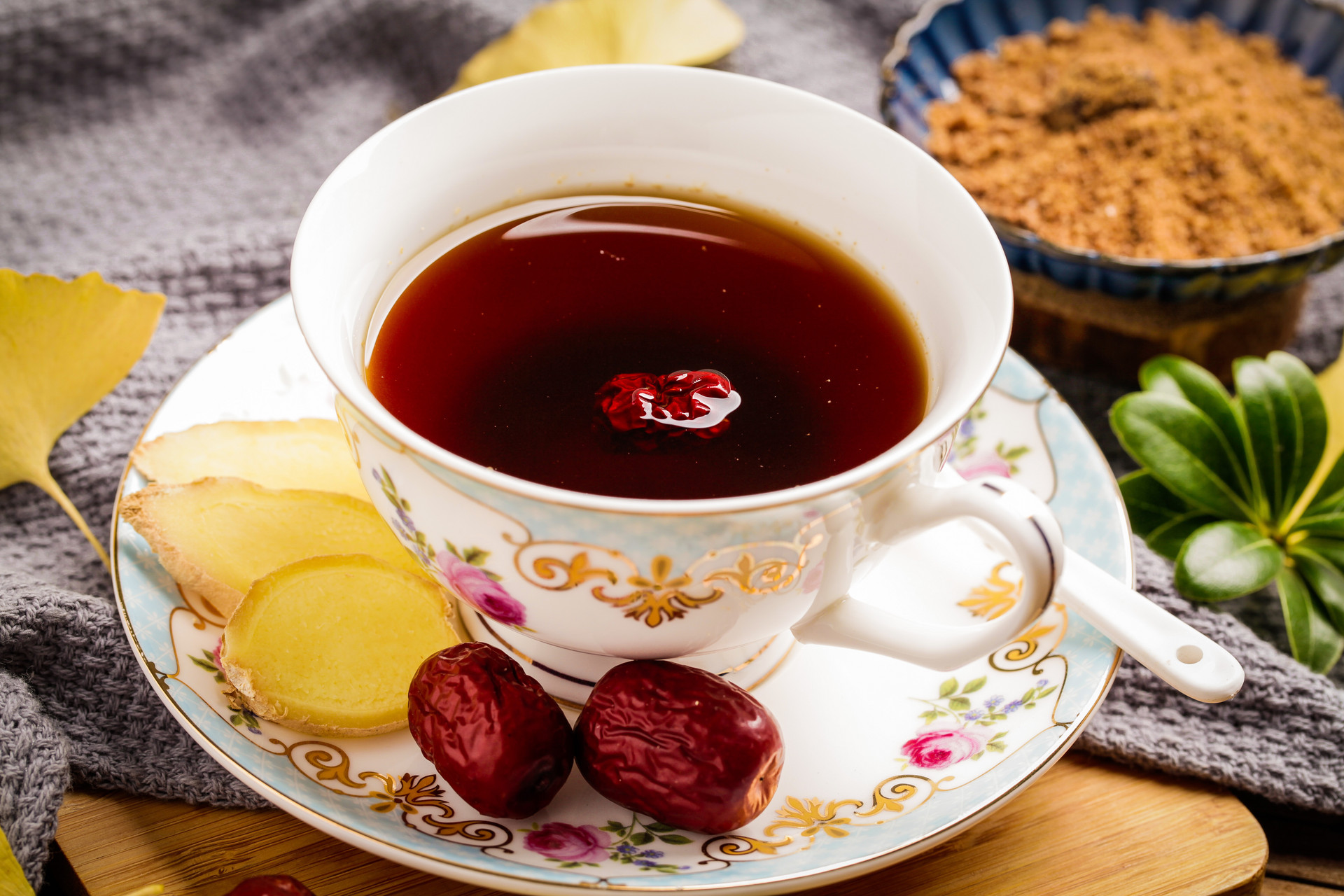
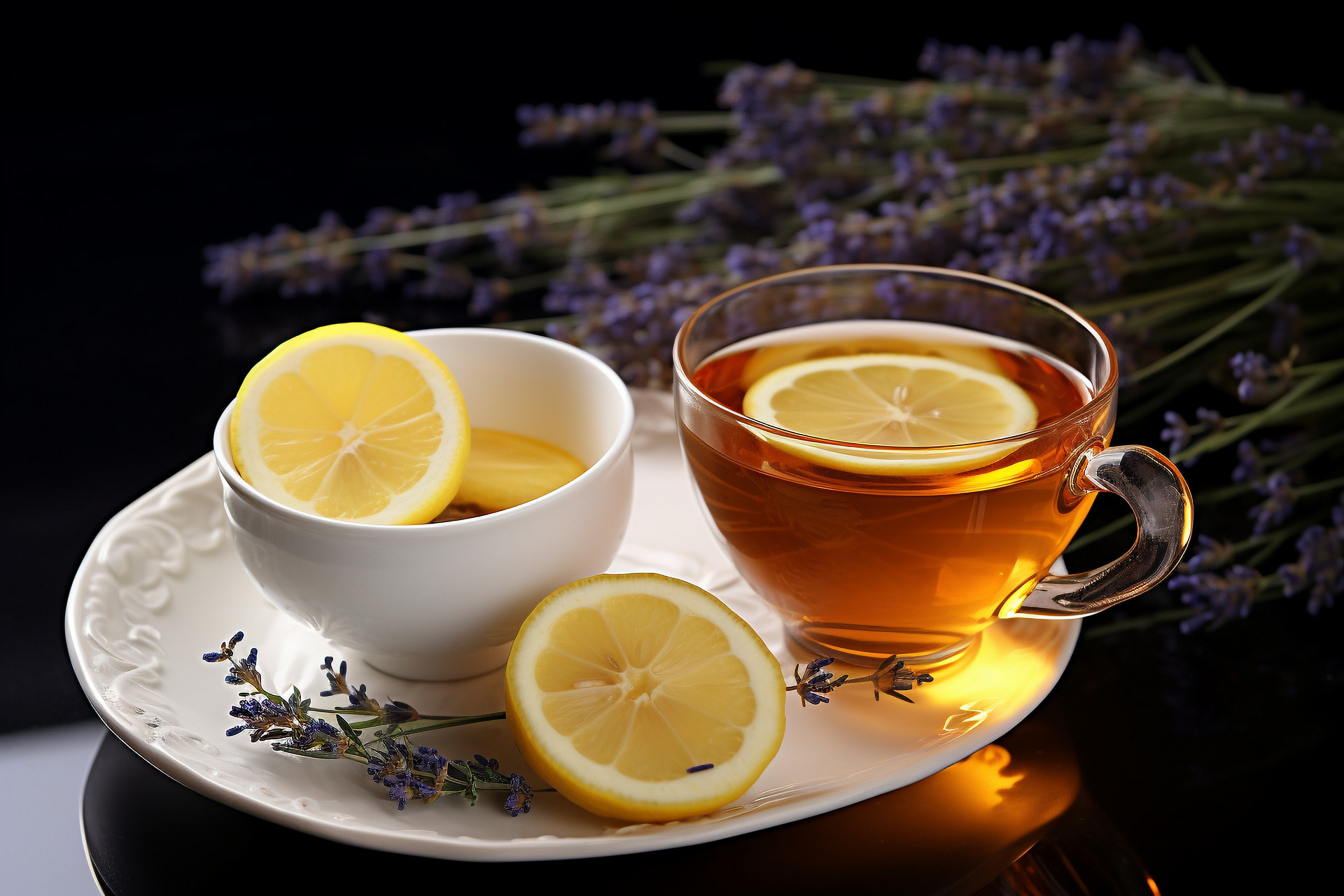
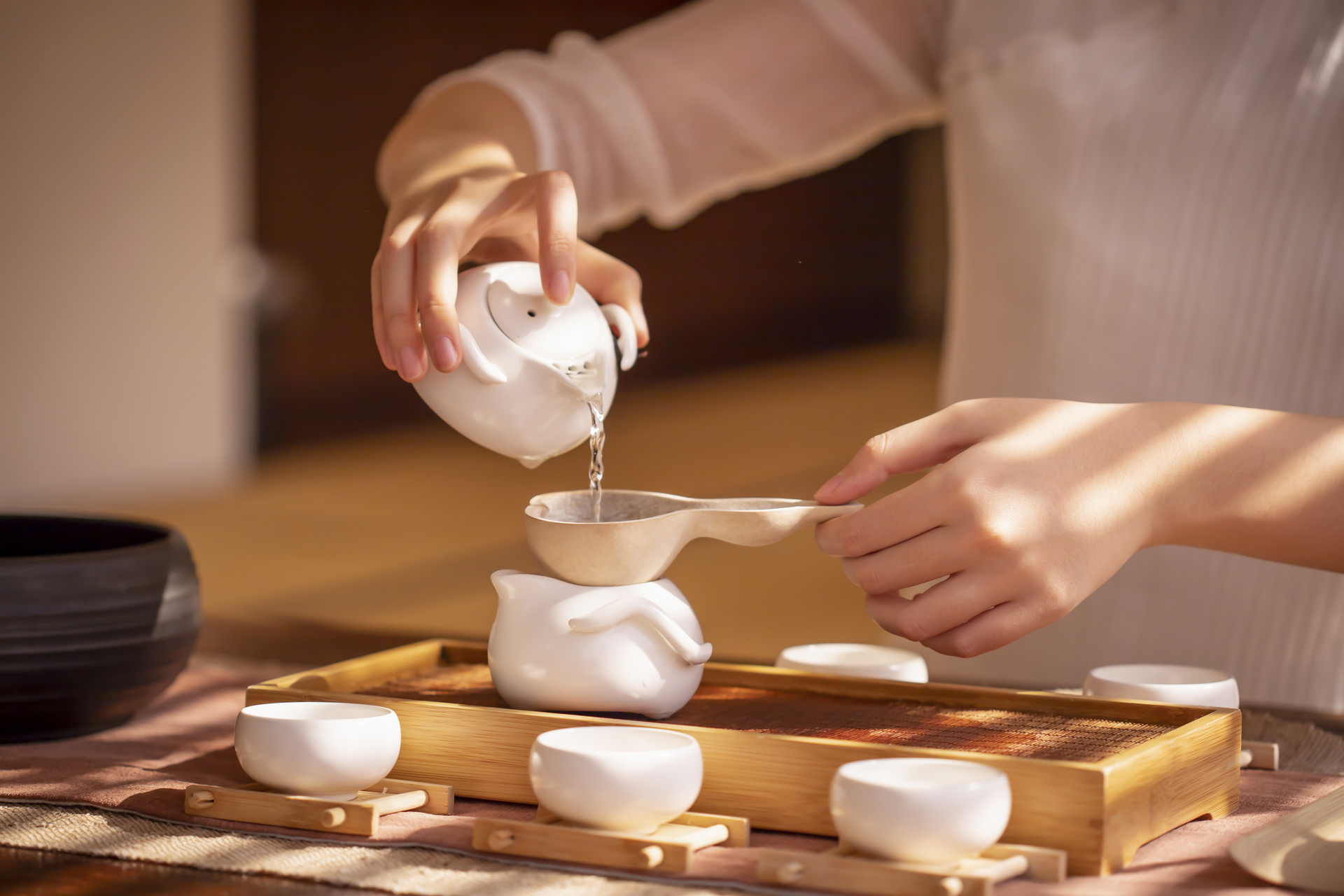

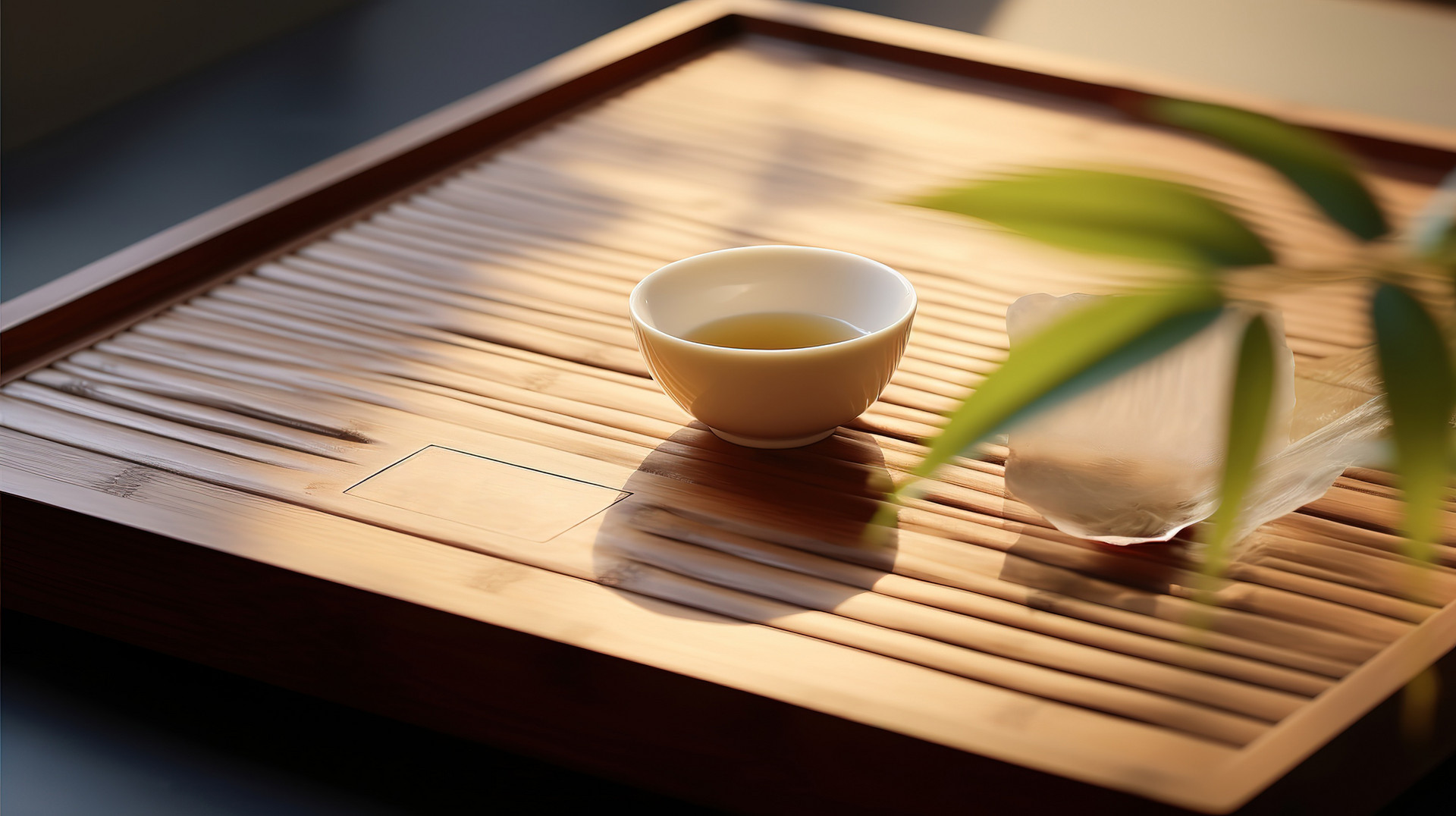
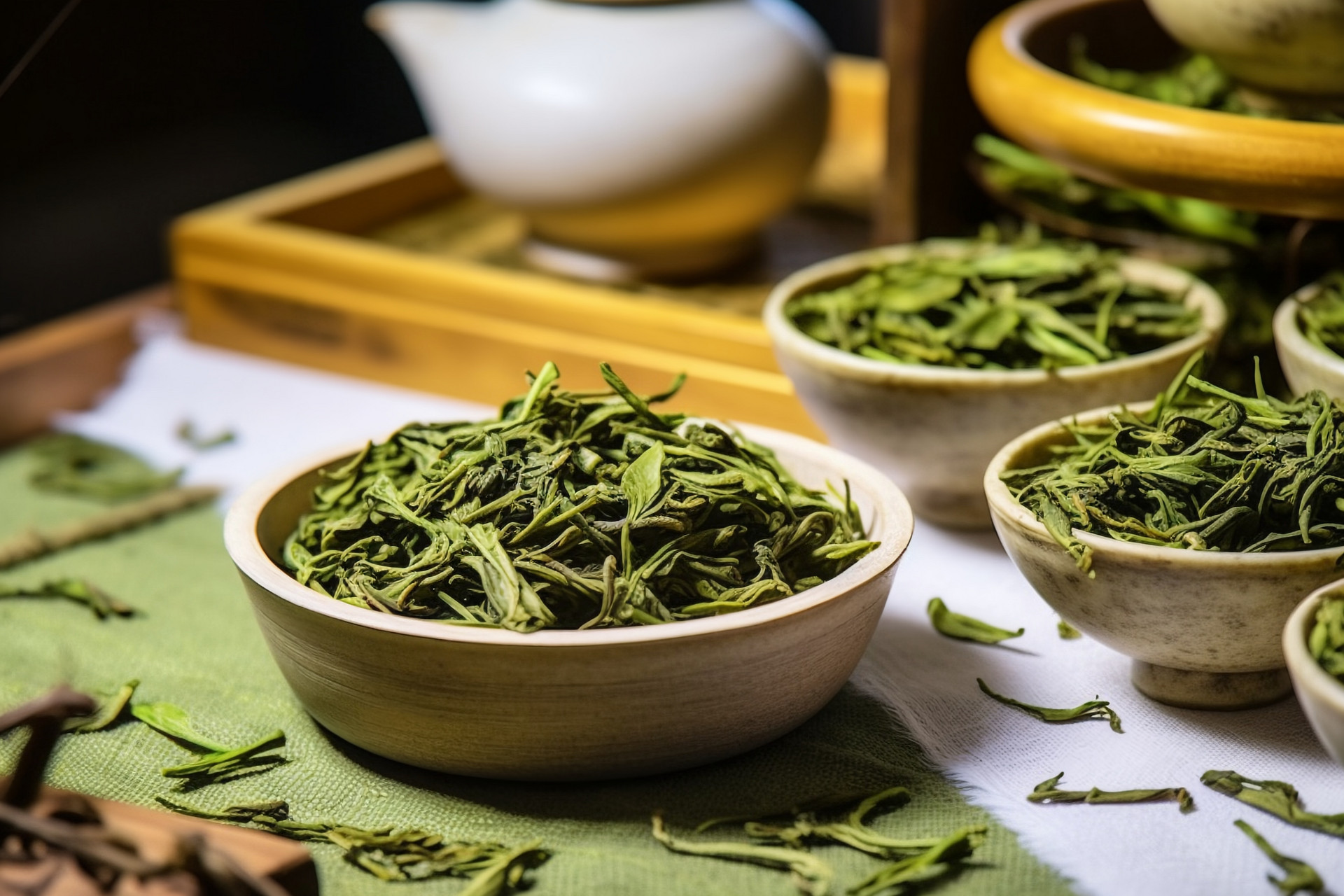
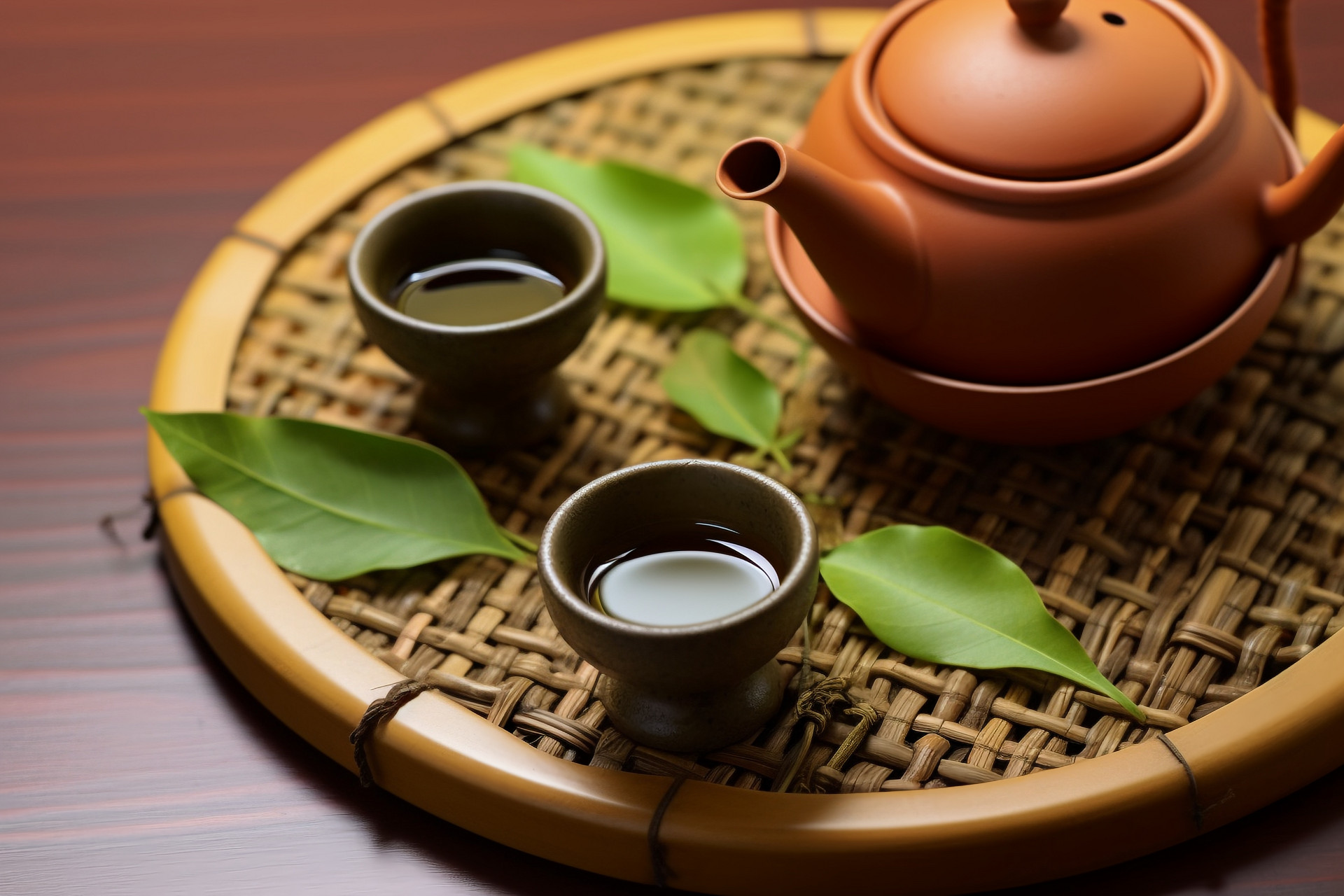
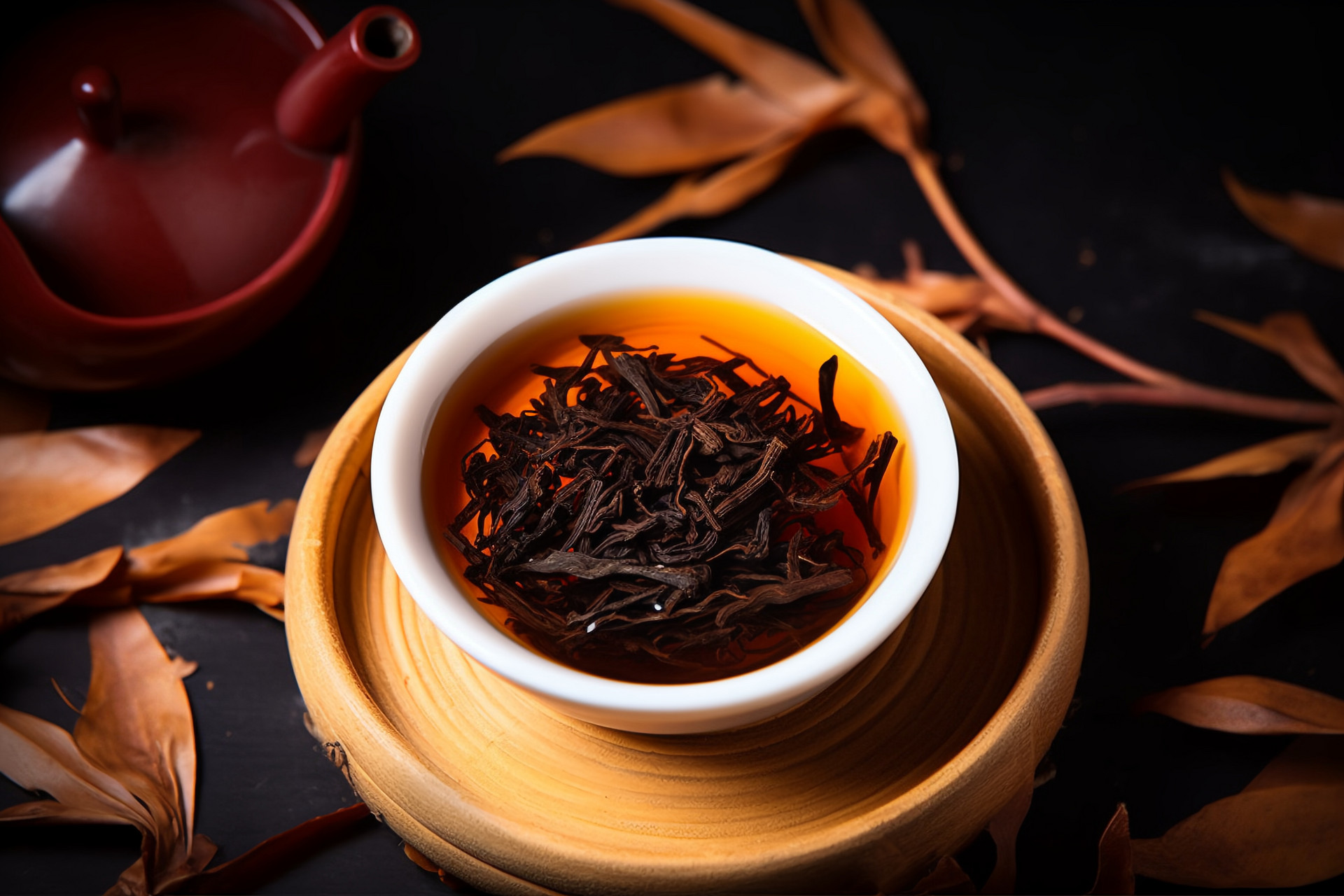
![[Herbal Wine Recipes for Health and Beauty]](https://tcmmaintenance.com/uploads/20240715/7241f6b6eafdaed88c28b26a37213964.jpg)